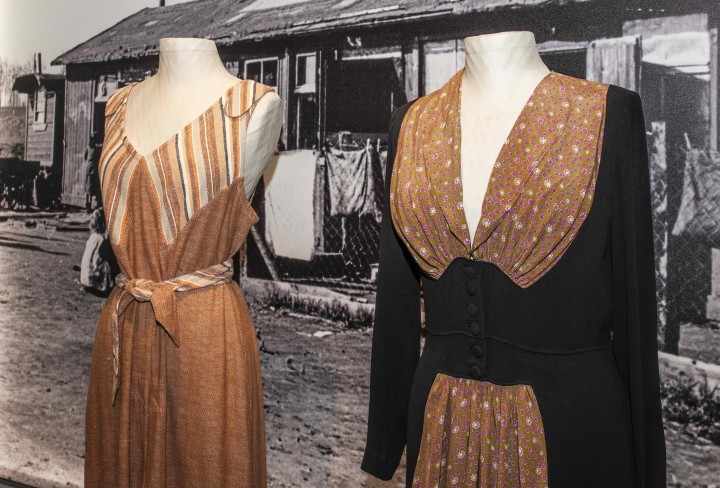

Tobacco pipe, gramophone record or smartphone – consumption articles that we are all familiar with, all have, all need? At different periods, completely different things were regarded as “Must-Haves”.

The exhibition, comprising more than 400 exhibits, takes a look at the development of consumption from the pre-industrial period up to the immediate present and raises questions about the future. Visitors are also invited to ask themselves questions and to scrutinise their own attitude towards consumption: does life today mean consumption? What can I learn from people who lived 200 years ago? The exhibition is directed towards all those who at some time have lost their heart to a particularly beautiful item or who would like to take a critical look at the topic consumption.
Less possessions, a long useful life with continuous repairing and mending of everyday items were normality in the pre-industrial period. Many products were homemade or at least produced in the region. At the end of the 19th century, the department store became established and permitted people to stroll and linger: the shopping experience was born! Ready-made items were also something new: products were produced industrially on a large scale. Marketing, advertising and attractive presentation of goods were all applied to entice the man, the woman and the child to buy.

The two World Wars as well as the interim period and the post-war period are highlighted in the exhibition from the aspect of shortage and time of need. Lack of money and goods were a frequent and painful experience from the beginning of the First World War right up until the 1950s.
Following the years of deprivation the first consumption sectors, which people in western Germany conquered with enthusiasm were food, motorisation and travel.
The exhibition illustrates the rapidly changing world of entertainment electronics and pop music as a new luxury for the wider population.

In the present world, consumption is less the satisfaction of existential needs but more a way to determine identity, to interpret and self-define the modern person. Finally, the exhibition ventures a look to the future: how will and do we want to consume in the future? Current trends such as sharing, re-cycling, upcycling and minimalism are presented in this context.
An accompanying publication for the exhibition can be bought in the museum shop.
Duration:
7.2.2020 to 29.8.2021
Opening hours:
Tuesday – Friday: 10 – 17 hours
Saturday and Sunday: 11 – 18 hours
Entrance fee:
Temporary Exhibition: 3,50 €, reduced 3 €
Combi-ticket (permanent and temporary exhibition) 6,50 €, reduced 5,50 €
The exhibition is accessible barrier-free.
Information on accessibility to the Gesenkschmiede Hendrichs (Drop Forge)
Visitor information:
kulturinfo rheinland
Tel: 02234/9921555
(Mon–Fri 8–18 hours; Sat, Sun. and public holidays 10–15 hours)
Fax: 02234 9921-300
Email: info@kulturinfo-rheinland.de
Site:
LVR-Industriemuseum
Gesenkschmiede Hendrichs
Merscheider Straße 289–297
42699 Solingen